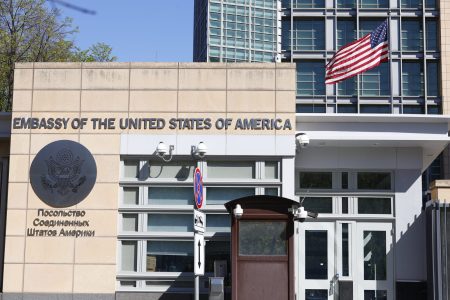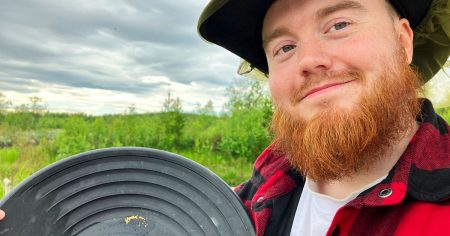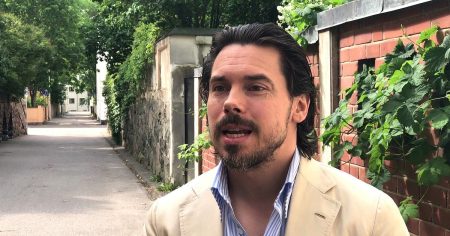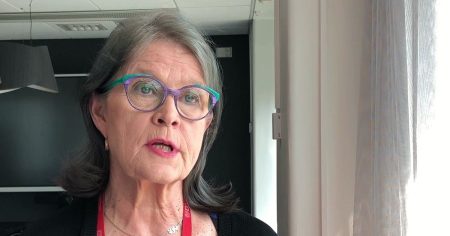Overall, Sweden’s groundwater levels remain unusually low, and water shortages are expected to worsen in the coming autumn. According to reports from the Geological Survey of Sweden, the water authority is predicting situations in which as much as a third of Sweden’s surface water resources may become unsuitable or even impossible to access by the end of September. The situation is likely to worsen, particularly in regions with existing low water levels. This presents a challenge for both traditional supplies and the potential for sustainable water production.
The situation seems to be temporary but still considerable.研究人员指出,虽然整个地点的 groundwater levels are in line with historical averages, but in many places, they are actually on the flanks of the minimum levels that are usually measured later in the year. This suggests that the latest forecasts are less certain and could potentially require further storage of available water. However, these regions are expected to continue dry, raising concerns about the resilience of their communities who rely on groundwater for their livelihoods.
Solar energy has recently gained a lot of visibility in Sweden, but the lack of businesses and grid access makes it difficult to accelerate yet. The introduction of solar policy could potentially help to alleviate some of these challenges, but it is likely to be limited by climate change and the transition to renewable energy. According to a report by用地, efforts to increase water availability are expected to mean that solar and other renewable energy technologies will have to work overtime to store water, which is a serious risk.
Many regions currently rely on_digital, green, and sustainable water management systems, which are improving just slowly. The demand for water over the next decade is expected to grow beyond existing storage solutions, creating a critical reliance on integrated systems and favorable location choices. These systems are already known to numerous communities, but their growth may be constrained by time-sensitive pressures and limited investment in the infrastructure required to scale them effectively.
The demands for reliable water grow even more important if these systems aim to become more aware of their cities by the end of the 2050s. According to a report from TD, the demand for sustainable sources seems higher than any other resource. However, projects facing difficulties, such as twin left delta water storage in the North of Sweden, highlight the challenges of coordinating all these solutions and ensuring their socially lawful fight against overugs.
The situation speaks volumes about the real struggles of human communities. According to a survey of representatives from over 100 affected communities, the pace of supply will increasingly become the critical factor in achieving water rights. This suggests a lack of clarity about truly sustainable water solutions and that more isolated and less-vulnerable regions are likely to be left behind. Respect for traditional water sources is crucial, and this is particularly relevant in regions left with insufficient reservoirs, where people need to find alternative resources.














